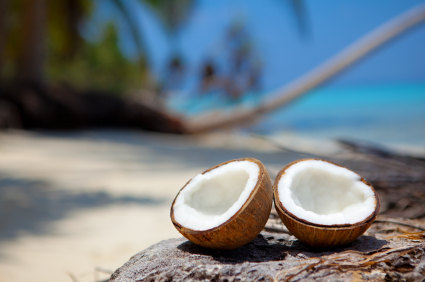Imagine a world where all of your clients value what you do. A world where every client you have doesn’t try to lowball you and negotiate your rates down, and a world where these clients pay you on time, refer you to their friends, and keep coming back for more business.
Now wake up. You’re in the real world. Sure, you hopefully have some really great clients, but there’s a good chance you have a few who are less than ideal. It’s inevitable. We’ve all dealt with bad clients, but most of us just force a smile and put up with it. The bad client makes every interaction you have with them totally miserable, but you just don’t have the courage to cut ties with them and send them packing.
That’s because we’ve been taught that the customer is always right. We’ve been led to believe that we have to bow down to the customer and do whatever he says, but that’s just not true.
The truth is firing bad clients is almost always a good idea. Sure, it might temporarily cost you, but by focusing your business on attracting ideal clients, you’ll weed out the bad ones and eventually build up a strong base of profitable clients who are a pleasure to deal with. And guess what? Good clients tend to refer other good clients.
So, just what makes a bad client? You know the signs. They’re usually:
* Cheap and pushing you to lower your prices
* Slow to pay
* Complaining about your work and demand constant attention and coddling
* Threatening to take their business elsewhere
* Asking you to do more work than what you agreed to
* Difficult to get in contact with, but expect you to be available at their beck and call
I don’t know about you, but I started my own business to get away from overly demanding, abusive “bosses”. Now, I’m in a position where I can choose who I do and don’t work with, and I take full advantage of that fact.
You should do. You’ll be happier, and your business will be more profitable as you won’t spend all of your time managing terrible clients.
How to Fire Bad Clients
Hopefully, you agree that firing bad clients is a good idea, but just how do you go about it? While you might really want to drop a “F*** you” bomb on them, that’s probably not the best idea for your business’ image.
Here are some more appropriate ways to fire bad clients.
* Make sure you’ve fulfilled your contractual obligations—Before you can fire the client, you need to make sure you’re in a good legal position to do so. If you’ve delivered everything you’ve agreed upon, feel free to move forward.
* Explain that the relationship isn’t best for both parties—Without getting nasty or blaming the client, simply explain that you feel the client would be better served taking their business elsewhere. You can even refer them to other companies if you want.
* No means no—As a freelancer, I’ve fired my fair share of clients, and I’ve had many try to win me back by offering to increase my rates or just be a better client. A few times, I’ve bitten and taken the client back, but every time, the same issues popped back up. Trust me when I say this—A bad client will always be a bad client, no matter how much they’re paying you. Stick to your guns and end the relationship.
Have you ever fired a client? Do you think it was a good decision?
Source: http://bit.ly/b24TAi
. . . . . . . . . . . . . . . . . . . . . . . . . 
